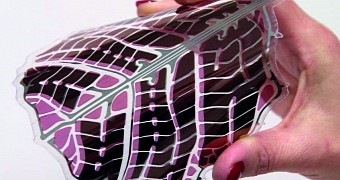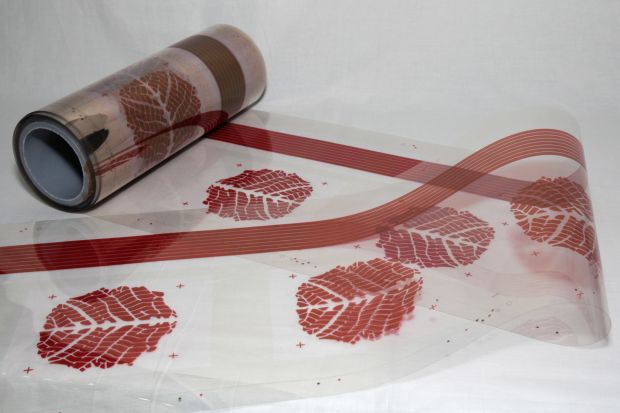Solar panels are something meant to be mounted on the outside of a structure or object, since their whole purpose is to capture sunlight and turn it into electricity. And yet VTT Technical Centre of Finland thinks there is reason enough to include them in interior landscaping.
We suppose it was only a matter of time before something like this came to pass. After all, if there are tablets, laptops and smartphones with solar panels, one may as well include some assorted home elements to go with them.
The people at the VTT Technical Centre of Finland have come up with a process that allows energy to be collected from interior lighting. That's in addition to sunlight.
Basically, they have created a way to make solar panels that can absorb both sunlight and the shine of light bulbs.
Flexible organic solar panels
With a thickness of only 0.2 mm, they can be placed on the interior or exterior of any surface (windows, walls) or machines, devices, furniture, etc.
The process uses the roll-to-roll method at a rate of up to 100 meters of layered film per minute to organic solar panels with both electrodes and polymer layers integrated into the 0.2 mm thick sheets.
Plastic foils are used to “sandwich” the functional layers and are, in turn, encapsulated in barrier films themselves, once everything is said and done.
For tests, the researchers made a leaf-shaped sheet of photovoltaic cells. One square meter of active solar panel surface (two hundred cells) generated 3.2 amps of electricity with 10.4 watts of power. This happened at Mediterranean latitudes.
The energy generation rate based on light produced by light bulbs and LEDs will be much lower, but it still leaves decorative options open, especially with sunlight streaming in during the day.
Efficiency isn't all that high for organic solar panels, compared to rigid silicon-based ones. But there are several advantages to using them, like low material consumption, low costs of production and, of course, flexibility.
Near-term plans
The VTT researchers are currently focused on switching organic cells for perovskite solar cells which have increased efficiency but can be produced via the same roll-to-roll manufacturing methods. The ones made in their labs so far have exhibited a five-fold increase in performance.

 14 DAY TRIAL //
14 DAY TRIAL // 

